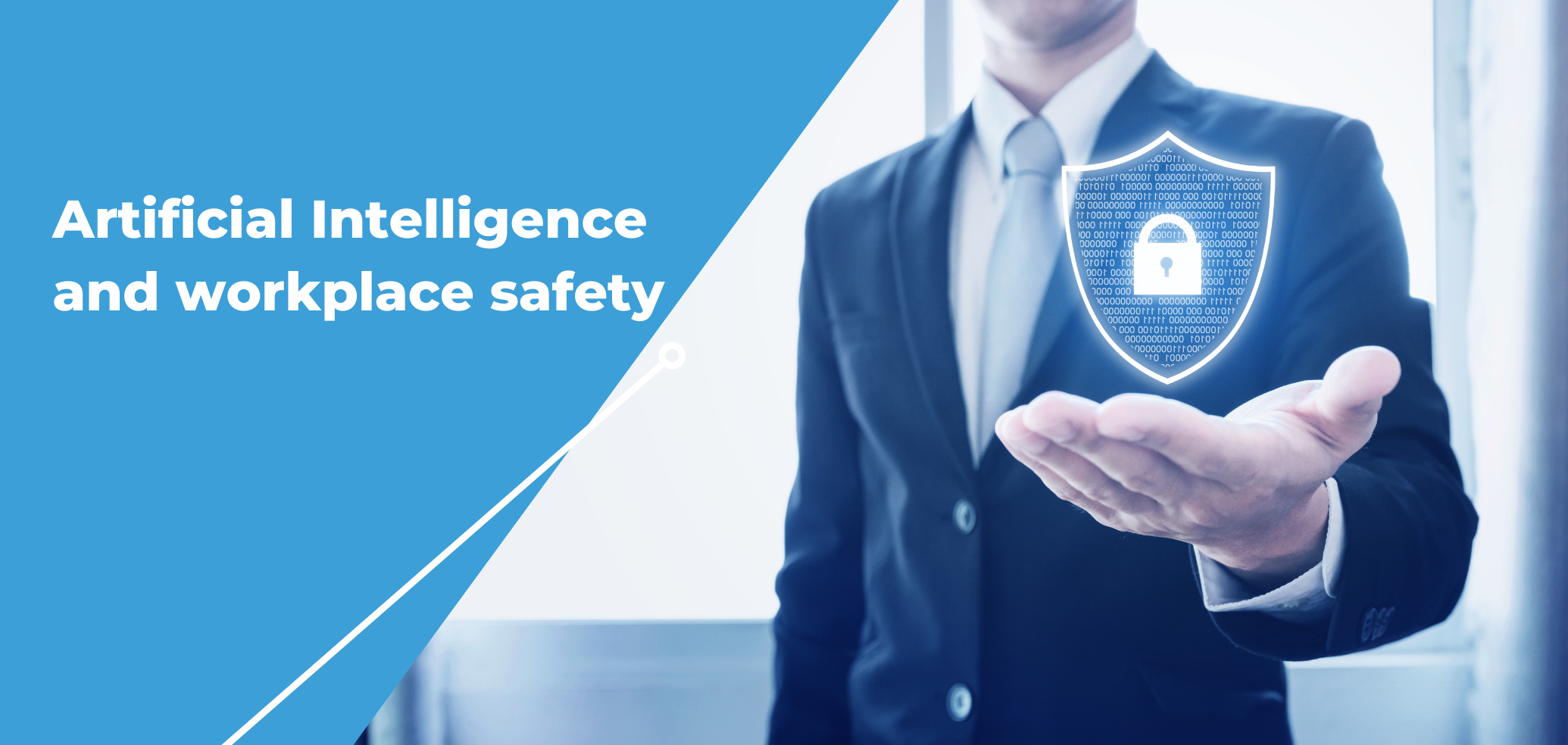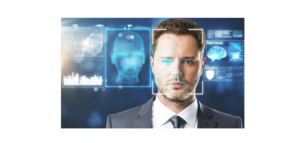
19 Oct AI and workplace safety
The continuous evolution of Artificial Intelligence, especially with the spread of new digital technologies, increasingly expands its application to various fields. Among them, workplace safety is undoubtedly one of the most changed by AI. Let’s take a look at a few examples.
Drones

Whereas previously scaffolding or complex security systems were used to inspect elevated parts of structures such as industrial chimneys, roofs, towers, sheds or others, today the use of drones has made it easier, avoiding human intervention in risky locations. Submarine or land-based, these masterpieces of ingenuity can perform missions autonomously, thanks to Artificial Intelligence: from takeoff to data acquisition, to landing. Moreover, AI processes the collected information to develop predictive maintenance strategies. This is about a probabilistic calculation based on the analysis of specific algorithms and data collected in the field, and aims to predict a failure or malfunction that is significantly less detectable by human eye.
Image recognition

The use of Artificial Intelligence to recognize images and objects has several applications in workplace safety, making it both a monitoring and verification tool and a reliable assistant for a variety of other tasks. For example, Top Network offers the following applications of their image recognition software:
- People flow monitoring. Software can match faces from video footage to the database. In this way, through facial recognition, only authorized staff members are granted access to restricted areas.
- Driver assistance through biometric detection of facial expressions that characterize issues such as drowsiness and distraction.
- Verification of the correct execution of maneuvers required by safety procedures, such as the proper use of protective equipment or tool decontamination. In this case, image recognition is also accompanied by a motion analysis software.
- Detection of potentially dangerous situations. Artificial intelligence can automatically send warning signals to the mobile devices of field personnel, for example alerting them of the passage of heavy vehicles or of the presence of suspended loads.
AIWM

Another example of AI and workplace safety is AI-based worker management, or AIWM. AIWM, through its workplace monitoring, analyzes human behavior and work patterns. These systems can reduce the risk of errors due to distractions in activities with unsafe equipment, as well as monitor the correct posture of workers. In addition, AIWM can assess the level of psychological discomfort and human stress through writing and speech patterns, as well as detect situations of bullying or harassment.
But AIWM can also be more focused on support than monitoring, as in the case of gamification technologies: by rewarding workers for their performance, they can increase their engagement. Last, these systems can design healthy and safe workplaces, both by helping to better organize activities and by implementing the safety training programs.
Versatility of AI to suit different needs leads to the rapid development of multiple solutions to implement workplace safety. This rapid growth opens the door to endless future options.




